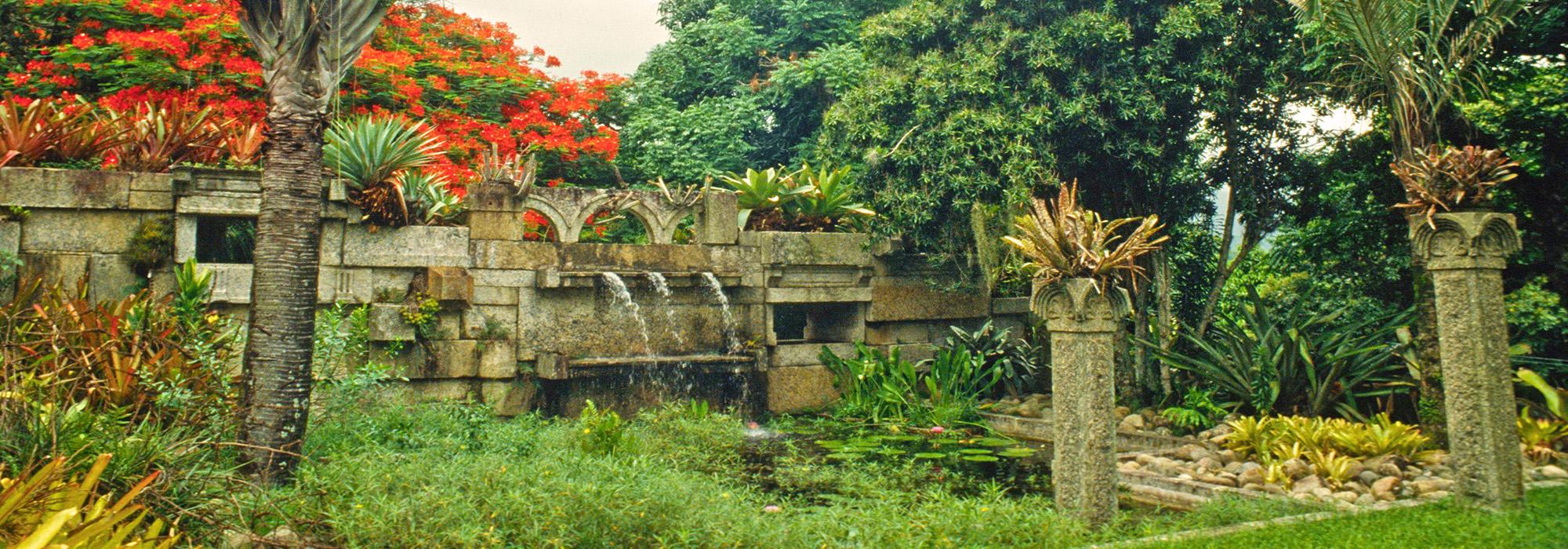Nominee Qualifications, Jury Process, and Governance
The Cornelia Hahn Oberlander International Landscape Architecture Prize Advisory Committee was established in 2018 to provide critical guidance in developing the framework of the prize and the parameters of the nominee selection and jury process. The Oberlander Prize Advisory Committee was chaired by Elizabeth K. Meyer, the Merrill D. Peterson Professor of Landscape Architecture at the University of Virginia School of Architecture in Charlottesville, Virginia.
NOMINEE QUALIFICATIONS/CRITERIA
The nominee may be a person, a collaborative, or a team.
The nominee must be living.
The nominee must have a significant body of built work that exemplifies the art of landscape architecture.
Landscape architects, artists, architects, planners, urban designers, and others who have designed a significant body of landscape-architectural projects are eligible for this award.
The nominee should be exceptionally talented, creative, courageous, and visionary.
The jury will have discretion to weigh various qualifications and criteria as they see fit.
NOMINATION AND SELECTION PROCESS
The nomination, selection, and public-events process will take place in a two-year cycle.
Year one of the Oberlander Prize cycle will focus on the nomination and selection process and include soliciting nominations, reviewing the nominations, selecting a jury, selecting the recipient, announcing the recipient, and an event celebrating the recipient.
The Oberlander Prize curator will solicit nominations from an international group of more than 100 knowledgeable designers, critics, and academics. Nominees can also be self-nominated.
At a minimum, nominations will consist of a name, contact information, and the names of a few projects.
The Oberlander Prize curator will oversee the preparation of dossiers for each nominee, consisting of project images, a project summary, prior awards, etc.
The jury will meet twice. At the first meeting, a short list of ranked finalists will be selected.
Following the first meeting, juror will review their selections and either confirm the rankings or suggest re-ranking.
At the second meeting, the nomination is finalized, jury citation drafted, and recommendations for year’s programming are made.
GOVERNANCE (CURATOR, ADVISORY BOARD, THE JURY)
An independent curator hired by TCLF will support the jury process. The curator will ensure that the process is fair, independent, and free of influence from external groups, including TCLF’s board and staff.
There will be an advisory board (no more than a dozen people) who might become future jurors, jury chairs, and/or curators.
The jury will comprise seven people of the highest reputations in their professions including: design critic/design historian, design patron/advocate, landscape architects, practitioners in allied fields (e.g., visual arts, architecture, urban design).
The members of the first jury will be chosen from a working list created by an independent Oberlander Prize advisory board. Afterwards, the curator will maintain and update a list of potential selection committee members.
ASSOCIATED PROGRAMMING
The Oberlander Prize programs will create a design culture and community that supports other recipients and other practitioners and fortifies the collective legacy of exemplary landscape architecture works and practices. The jury will assist with the programs and publicity related to the Oberlander Prize event by speaking to the press, participating in on-camera interviews, attending the black-tie celebration, etc.
The Oberlander Prize programs are key to reaching the goal of increasing the recognition, visibility, and legibility of landscape architecture as a global, cultural and professional practice. These events will be supported by TCLF’s three ongoing core initiatives (Pioneers Oral Histories, What’s Out There, and Landslide).
Year two of the Prize cycle will include public engagement activities (lectures, tours, symposia, etc.) as well as publicity (including participating in TCLF's What’s Out There and Pioneers Oral Histories programs) and publication.
The year-two events will vary from cycle to cycle depending on the schedule of recipient(s), the locations of their significant works, and the issues raised by that work. Since the recipient(s) will not be expecting this honor, the year-two events will be timed to avoid intruding into their schedule (professional practice, teaching, etc.).
The Oberlander Prize will maintain engagement with the recipient when he/she/they receive the prize, via programs, press, etc., and over the longer term as subsequent recipients are announced.
Image Credit: Sítio Roberto Burle Marx, Rio de Janeiro, Brazil, 2015. Designed by Roberto Burle Marx, 1949. Photo courtesy Raymond Jungles. Learn why we chose a work by this landscape architect.




